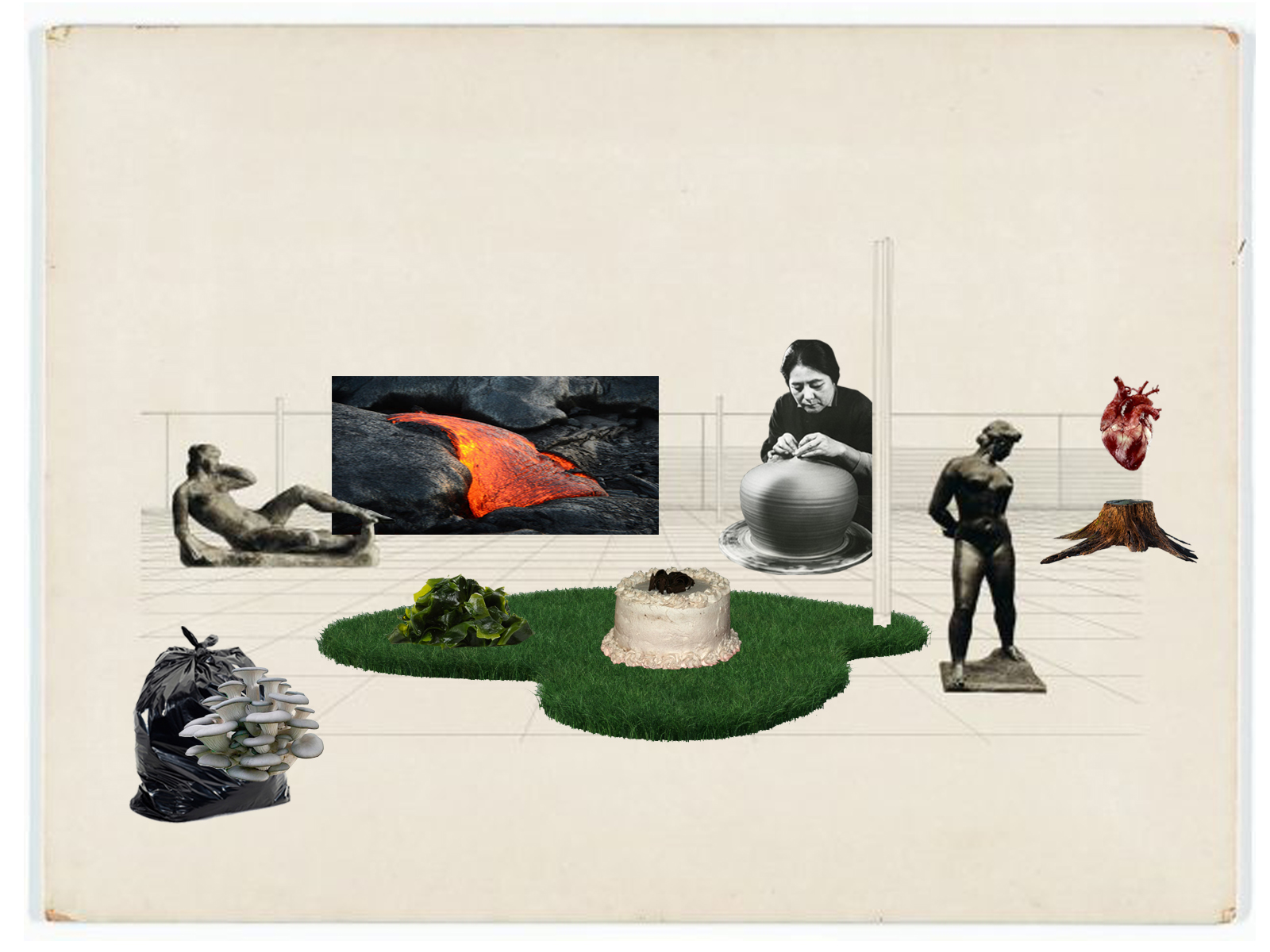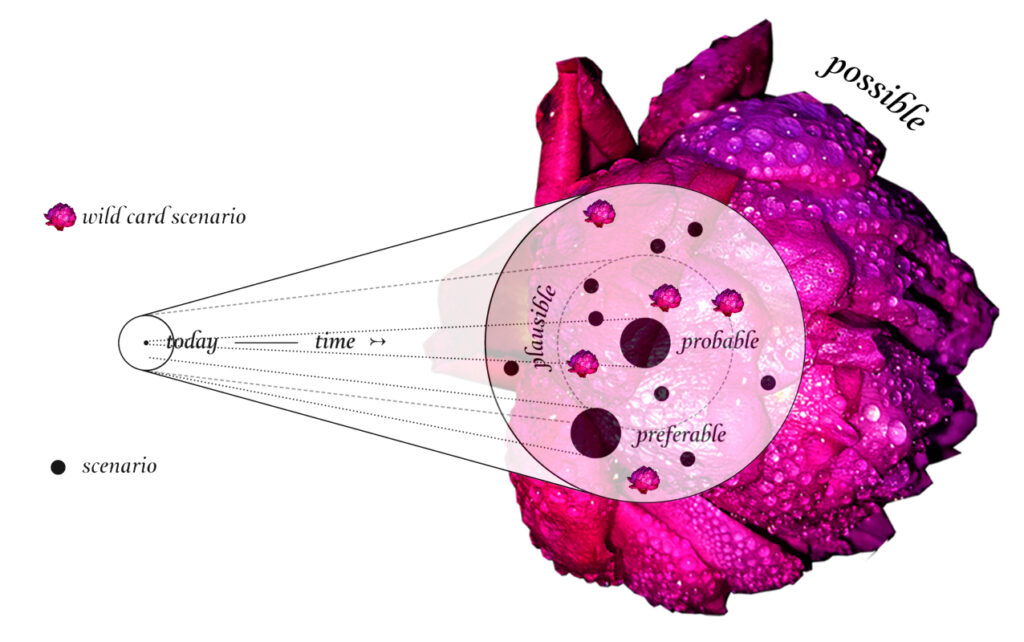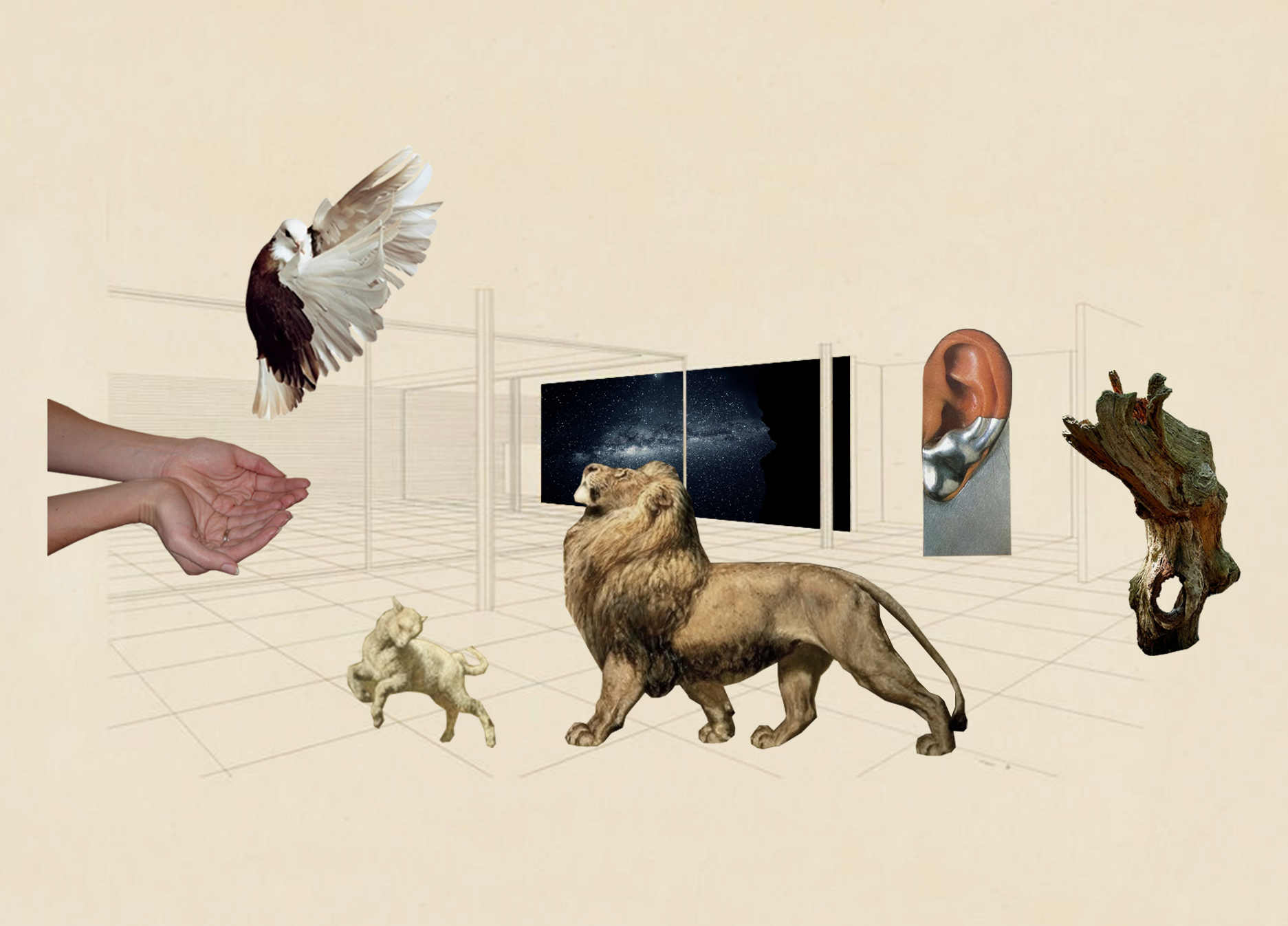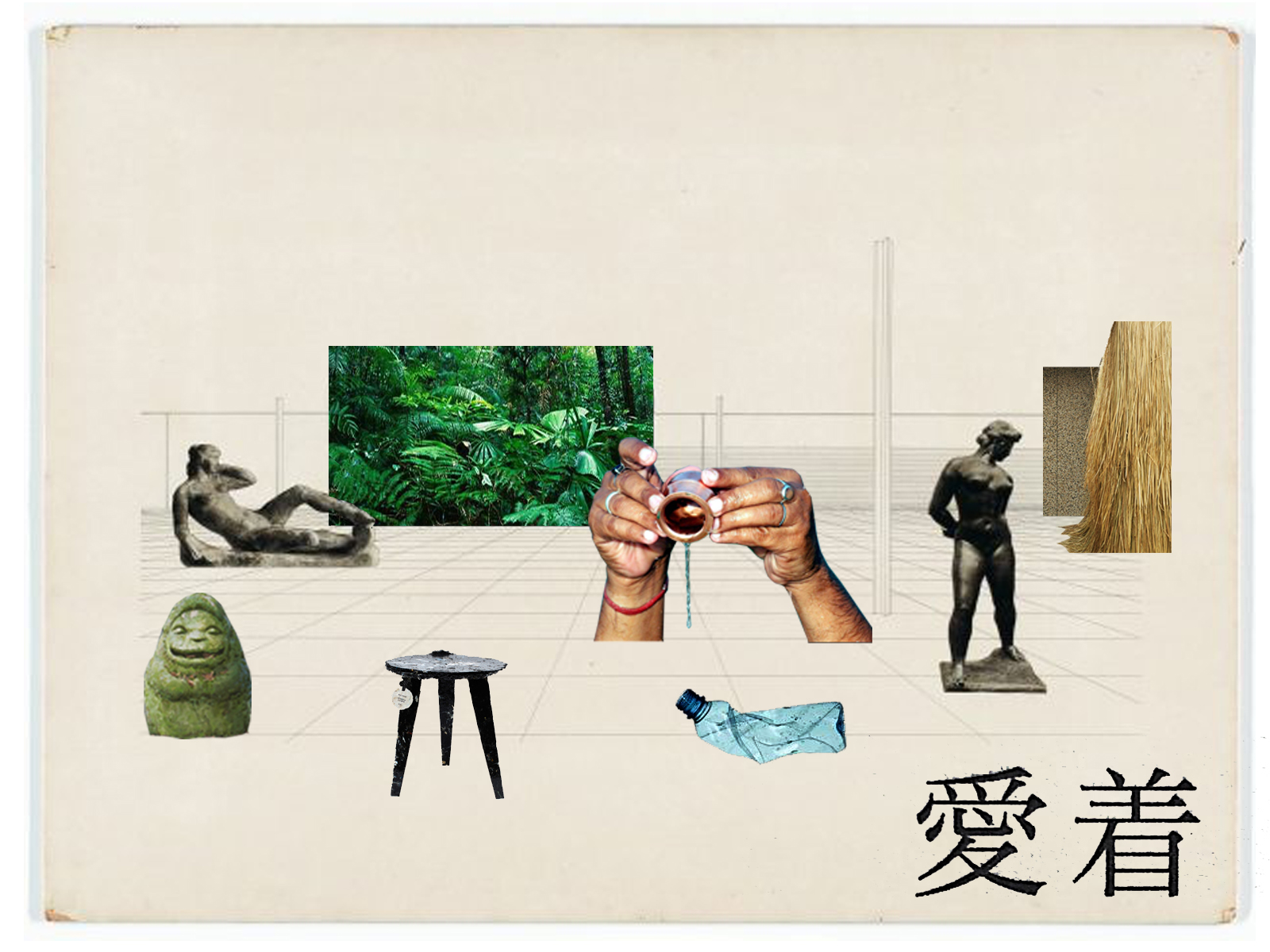Let us for a moment consider our world is made up of one deeply interconnected and diverse group of creatures. This may not be such a radical thought. However, it is interesting to acknowledge the results from a quick Google dictionary search of ‘creature’, and the clear separation made between human and organism, both of which can be subject to control of a superior being or entity.
Creature:
1. An animal, as distinct from a human being
Similar: organism, life form, soul
2. A person or organization considered to be under the complete control of another
Similar: minion, subordinate, servant
Let us now consider what we as collective creatures appear to have control over, for better or worse. For example, what do farmers, designers, chefs and biologists have in common? Although distinct in practice, they rely on extracting natural phenomena from the environment to either study its function, to nourish bodies, or to manipulate material into alternative forms by way of local craftsmanship or mass production. In essence, these groups of creatures rely on exercising control over our Earth and her materials to one degree or another.
Commensalism is a symbiotic relationship in which one species benefits while the other species is not affected. Needless to say, human creatures have not been in a commensalistic relationship with the Earth for centuries. In addition, our increasing awareness of the detrimental effects of north hemispheric-led global warming is causing a great deal of climate anxiety. Of course corporations, government bodies and industries at large have to make significant steps to minimise damage to our environment and communities. As a result we can often feel helpless as we go about our daily lives. Moreover, given the very act of creation relies on methods of extracting materials, it’s also natural for creative communities to question how they can continue to hone their craft without exercising harmful control on the planet’s resources.
As Buckminster Fuller famously foretold, “We are not going to be able to operate our Spaceship Earth successfully nor for much longer unless we see it as a whole spaceship and our fate as common. It has to be everybody or nobody.” What would a creative, commensalistic and contributory relationship with our planet look like? In other words, is it possible to replenish what is extracted whilst continuing to make and sell food, art and objects? The notion of a contributory or commensalistic relationship by way of consumerism can often feel like contradictory grey waters. However, a possible alternative is to deny ourselves the joy of creation. As indulgent as that may sound in times of crisis, it is these very joys that have nourished, sustained and reshaped livelihoods for generations, and will continue to do so for years to come. Take for example artist Theaster Gates who believes that the relationship between God and humanity is analogous to the potter working with clay; ‘as a potter, you learn how to shape the world’.
Design is a vessel of hope that can reframe control by putting creative joy and environmental responsibility hand in hand. There is hope in acknowledging the responsibility of our daily design and buying decisions to reimagine an alternative future that nurtures our planet, even in what may feel like an apocalyptic chapter of our lives. To quote writer and professor David Dark, it is by leaning into the essence of the word apocalyptic that we can reimagine an alternative way of life. 1
- 1. Dark, David. Everyday Apocalypse: The Sacred Revealed in Radiohead, The Simpsons and other Pop Culture Icons. Brazos Press, 2022.
We apparently have the world “apocalypse” all wrong. In its root meaning, it’s not about destruction or fortune-telling; it’s about revealing…Apocalyptic shows culture that its claims about itself aren’t true…Apocalyptic shows us what we’re not seeing. It can’t be composed or spoken by the powers that be, because they are the sustainers of “the way things are”…and whose great virtue is being “realistic.” Thinking through what we mean when we say “realistic” is where apocalyptic begins. If these powers are the boot that, to borrow Orwell’s phrase, pressed down upon the human face forever, apocalyptic is the speech of that human face. Apocalyptic denies, in spite of all appearances to the contrary, the “forever” part.
David Dark, Everyday Apocalypse
The only addition I would make to Dark’s enlightening quote, is that apocalyptic is the speech not only of the human face but of Earth’s equally or moreso. In other words, speech is something human beings naturally attribute to other human beings, through the ability to express thoughts and feelings in an articulate manner. However, this understanding of speech has its limitations in how it can disregard the ways in which our Earth communicates to us about her condition. Our Earth’s expressions, however painful or beautiful, remind us of her constant state of change and subsequent rejection of permanence.
Inspired by the essence of the word apocalyptic, below is an artistic reinterpretation of Dunne and Raby’s 2013 Speculative Design diagram. It aims to shift our thinking from the commonly used term ‘human centered design’ to ‘planet centered design’ by presenting future possibilities in bloom. The original diagram breaks the future down into three main cones according to the likelihood of their actualization. Below are two examples that provide new possibilities in the realm of regenerative design. Despite the time and cost-effective challenges they may face in terms of scalability and production methods based on present day demands, their very nature has immense potential to revolutionize both the packaging and housing industries, and in doing so challenge what we understand as “realistic.”
- The Probable is where traditional design operates. It describes what we can assume will happen judging from the current state of the world.
- The Plausible begins to extend the scenario into the foreseeable by describing alternative futures of what if’s and could be’s. Take Biodesigner Jessica Gregory’s example of bio-contributing packaging designs for Haeckels. Made from mycelium, they contain nutrient properties that not only make the packaging fully biodegradable but contribute to the soil’s health. What if bio-contributing packaging became an industry norm?
- The Possible goes one step further, to more extreme examples that are scientifically possible, including the world of utopias and dystopias. Take Eco-design studio Biobased Creations’ showhome built almost entirely from biomaterials including wood, mycelium, seaweed, straw and vegetable fibres as well as earth and sewage. Unveiled at Dutch Design Week in Eindhoven 2021, the house showcased 100 different plant-based or natural materials that are either commercially available already or coming to market soon. Would it be possible for construction methods to rely predominantly on biomaterials?
The intention behind this column is to share some material regarding the role of design and environmental behavior in 2022 and beyond. I am by no means an environmental design expert, but rather a keen learner with experience across design and research. In an attempt to navigate the complex, sometimes contradictory (and often apocalyptic union) of design and environmentalism, I will weave in a variety of sources and stories to draw out connections that hopefully resonate with members of our global community of creatures. One of the beautiful pillars of MOLD’s nourishing ecosystem is its ability to cultivate conversation from creatures of many walks of life, passions and professions. In light of this, I also encourage you, fellow learner or expert, to reach out (cristinacarbajo.com) to share any sources you think are inspiring or apocalyptic. We are part of a collective cause, a multifaceted collaboration to control what we can for a thriving world. Thank you for taking the time to read through this thought piece, and in doing so, forming an indirect collaboration with me.
- 1. Dark, David. Everyday Apocalypse: The Sacred Revealed in Radiohead, The Simpsons and other Pop Culture Icons. Brazos Press, 2022.





